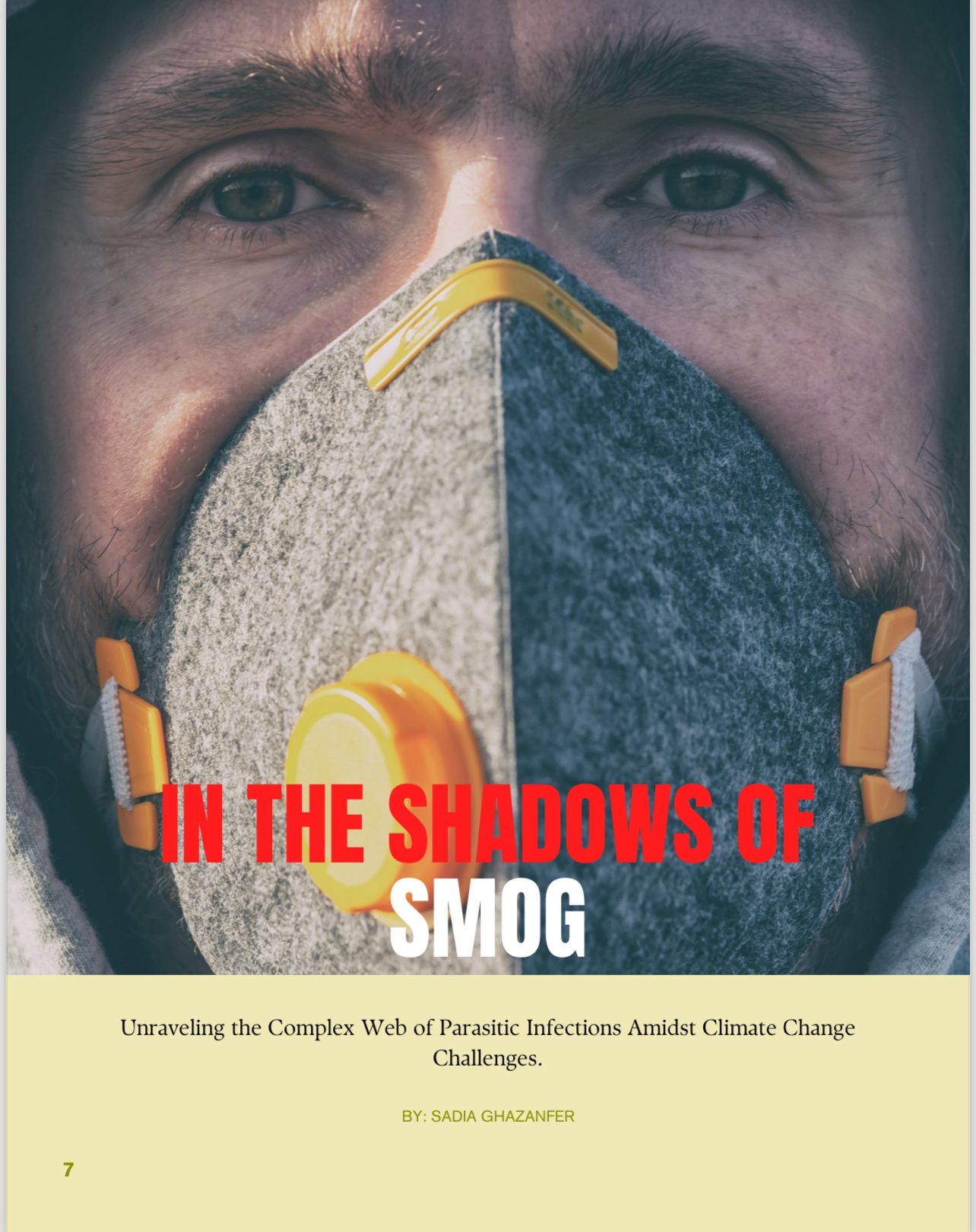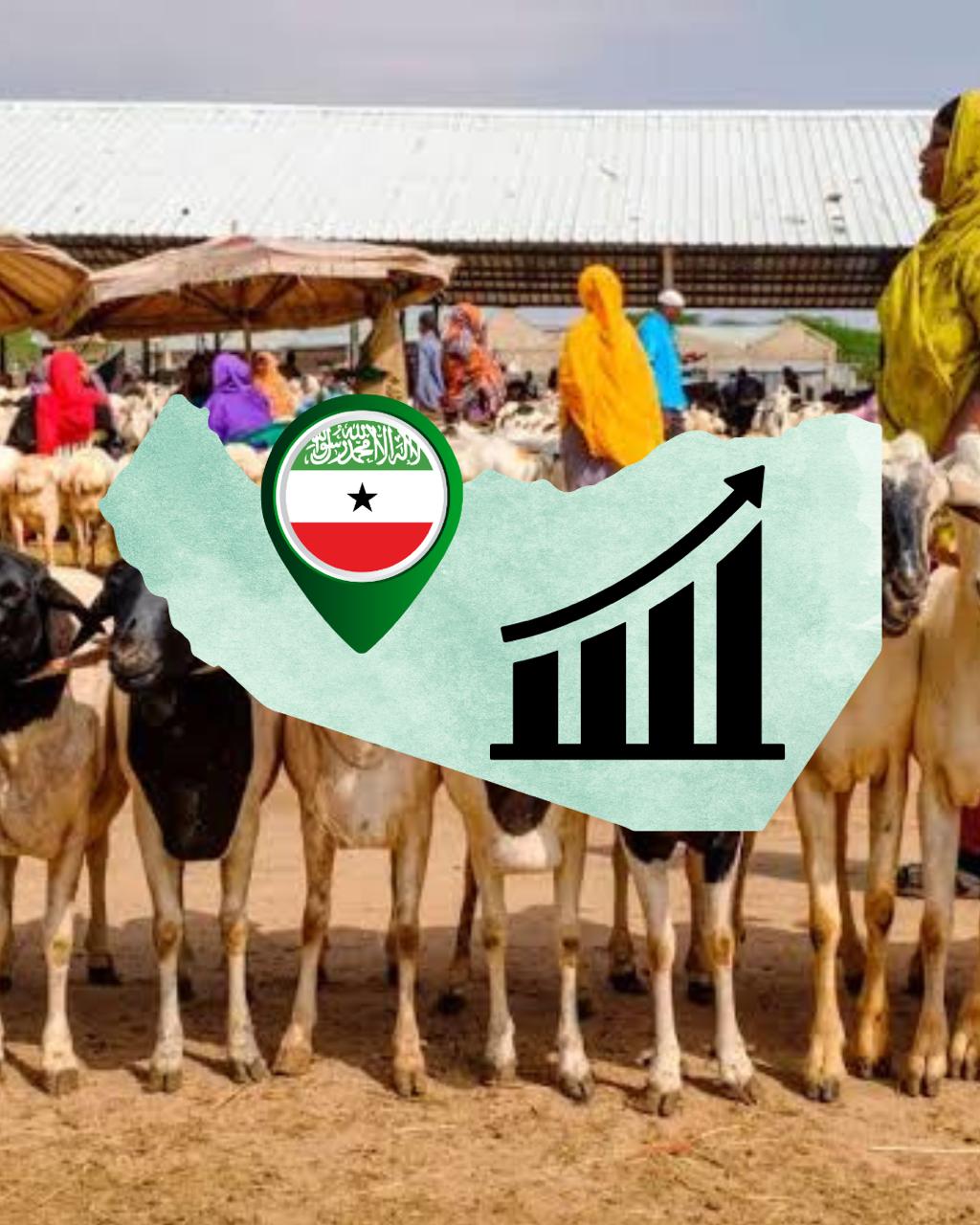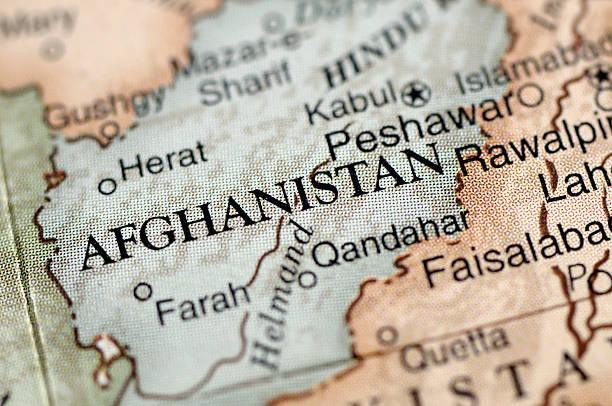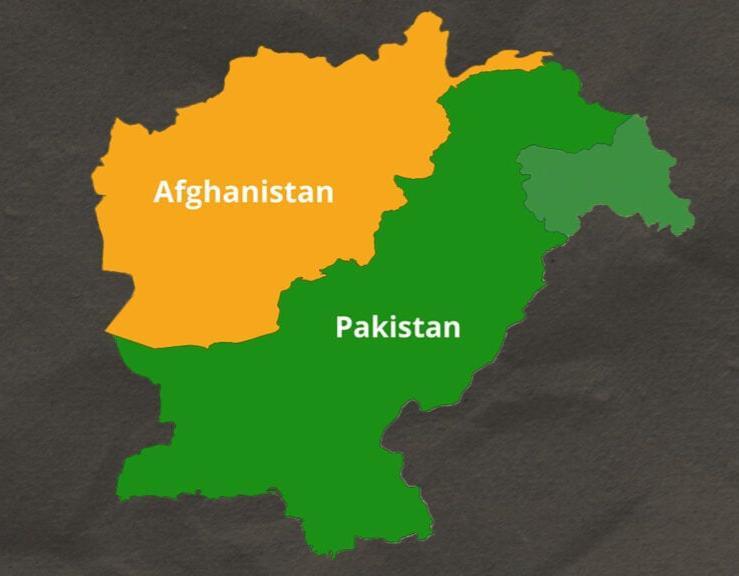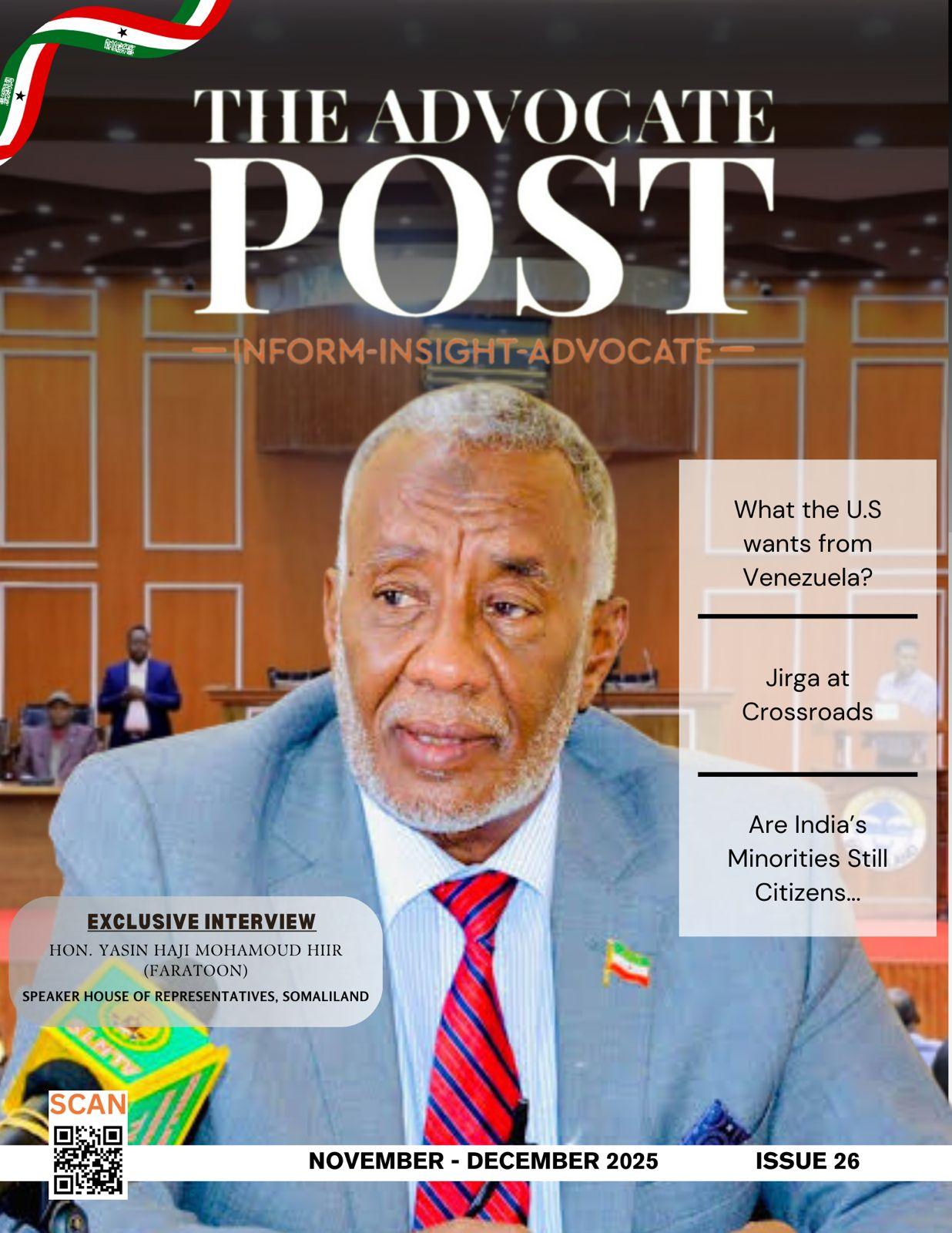Sadia Ghazenfer (Pakistan)
Climate change refers to long term alterations in Earth’s climate,
primarily driven by human activities like burning fossil fuels and deforestation. These activities release greenhouse gases, trapping heat in the atmosphere and leading to a warming planet. As temperatures shift, precipitation patterns change, affecting ecosystems globally. In this evolving environment, the relationship between climate change and parasitic infections becomes pronounced. Parasites, such as those causing malaria or waterborne diseases, thrive in altered conditions. Warmer temperatures expand their geographical reach, impacting regions previously unaffected. Changes in precipitation can create breeding grounds for parasites, increasing the risk of transmission. The intertwined relationship of climate change and parasitic infections underscores the pressing need for comprehensive solutions, emphasizing the interconnectedness of environmental health and the well-being of both humans and animals.
Understanding the Smog Over Pakistan:
Pakistan, like many developing nations, faces a significant smog problem, particularly during the winter months. The amalgamation of vehicular emissions, industrial pollutants, and agricultural residue creates a toxic haze, engulfing cities and compromising air quality. Lahore, Karachi, and Islamabad stand as witnesses to the annual invasion of smog, leading to respiratory issues and a palpable decline in overall well-being. In the midst of this atmospheric crisis, the impact on health takes on a sinister turn. Respiratory diseases, cardiovascular complications, and compromised immune systems become prevalent among the population. However, beneath this visible health threat lies a concealed danger-the surge of parasitic infections, exploiting the altered environmental conditions.
Parasites and the Climate Conundrum:
Pakistan’s climate is diverse, ranging from arid regions to fertile plains and mountainous terrains. As climate change unfolds, altering temperature and precipitation patterns, it creates niches conducive to the proliferation of various parasites. Waterborne parasites find favorable conditions in areas prone to flooding, while temperature-sensitive parasites adapt to the changing thermal landscape, expanding their reach. The intricate dance between climate change and parasitic infections becomes increasingly evident in Pakistan’s agricultural heartlands. Parasites like helminths, which thrive in warm and humid environments, find ideal breeding grounds in soil contaminated with untreated sewage and agricultural runoff. As the climate shifts, so does the geography of parasitic hotspots, necessitating a dynamic understanding of these transformations.
Human Health at Stake:
The human toll of this symbiotic relationship between smog, climate change, and parasitic infections is profound. In urban centers, where smog is dense, the respiratory impact is exacerbated. Concurrently, waterborne parasites infiltrate water sources, affecting communities with inadequate sanitation and limited access to clean water. Children, often the most vulnerable, bear the brunt of these environmental changes.
Parasitic infections can lead to stunted growth, malnutrition, and cognitive impairments, perpetuating a cycle of health disparities. In rural areas, where agricultural practices intersect with changing climate dynamics, the risk of parasitic infections rises, amplifying the burden on healthcare systems already stretched thin.
Animal Health and Agricultural Challenge:
Beyond human health, the ramifications extend to Pakistan’s agriculture and livestock. Parasitic infections in animals not only compromise their well-being but also pose a threat to food security. Livestock, a crucial component of Pakistan’s agrarian economy, faces increased susceptibility to diseases like liver fluke and gastrointestinal parasites. As climate-induced shifts alter grazing patterns and water availability, the intricate balance in the ecosystem is disrupted, posing challenges for sustainable agriculture.
Climate Adaptation and Public Health Strategies:
Addressing the confluence of smog, climate change, and parasitic infections in Pakistan requires a multifaceted approach. The implementation of sustainable agricultural practices, improved water sanitation infrastructure, and stringent air quality regulations are pivotal steps. Public health campaigns focusing on awareness and prevention can empower communities to safeguard against parasitic infections.Investment in research is equally crucial, enabling a deeper understanding of the evolving dynamics between climate change, smog, and parasitic diseases.
Surveillance systems can monitor the prevalence of infections and identify emerging hotspots, guiding targeted interventions. The interconnected nature of climate change and parasitic infections necessitates international collaboration. Pakistan, like many nations, is part of a global ecosystem where the consequences of environmental challenges reverberate far beyond national borders. Collaborative research initiatives, knowledge exchange, and the sharing of best practices can fortify the collective response to this complex web of threats.
Sadia Ghazanfer is from Pakistan currently a Research Fellow/Ph.D.
Scholar. Department of Parasitology, University of Agriculture, Faisalabad
Author can be reached at sadiaghazanfar90@gmail.com

